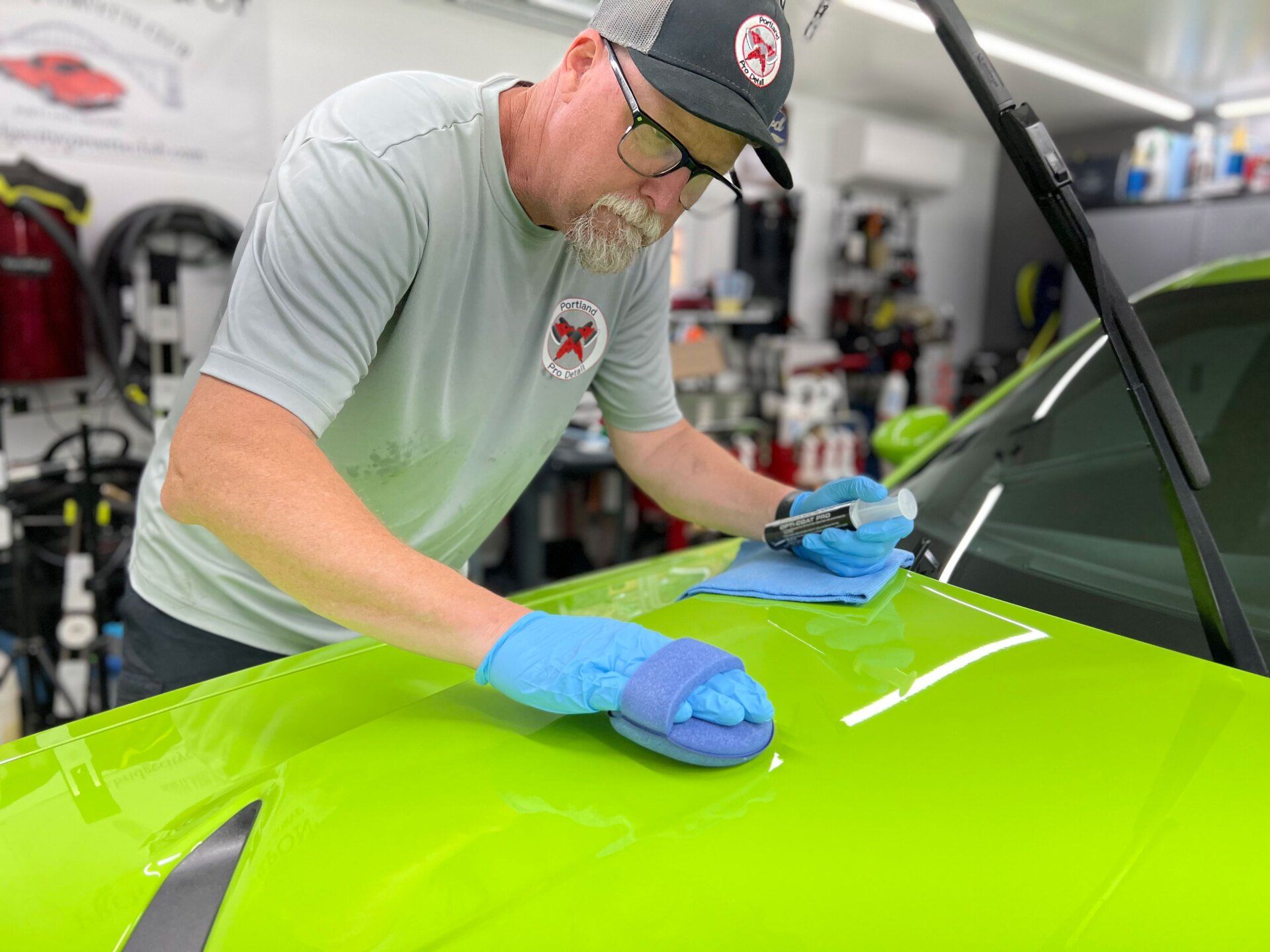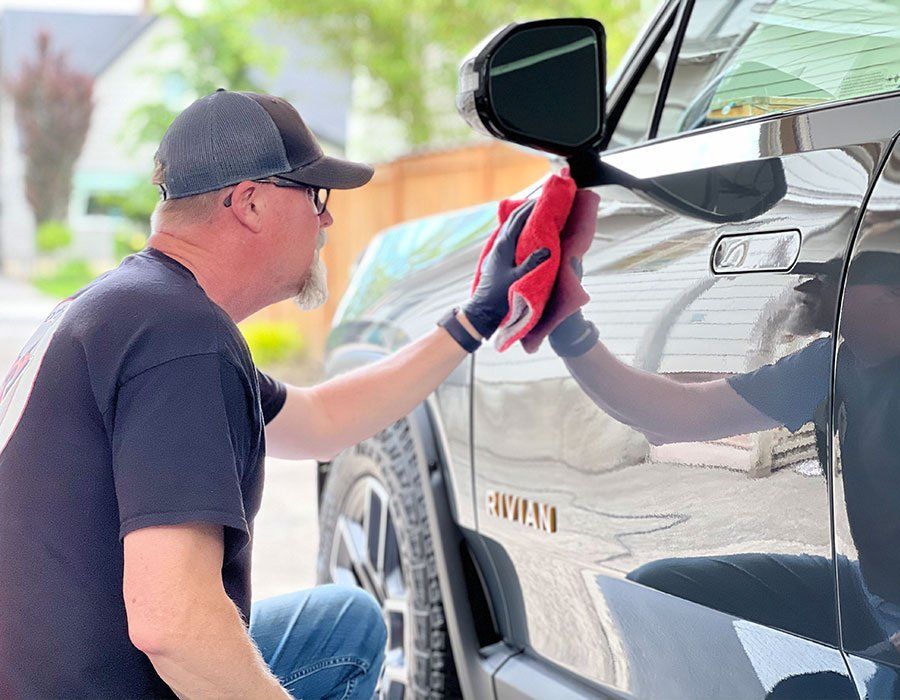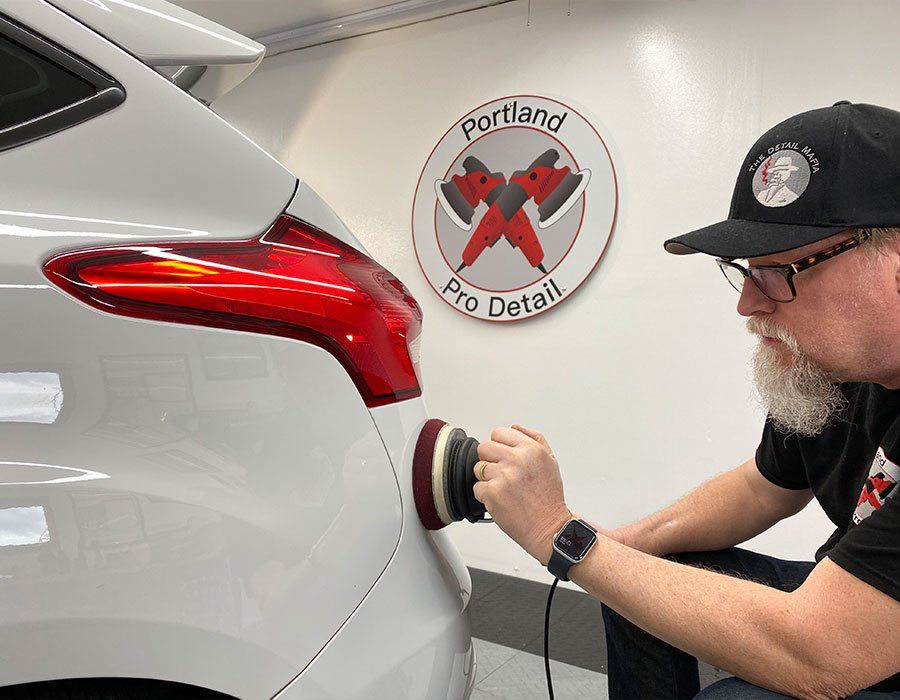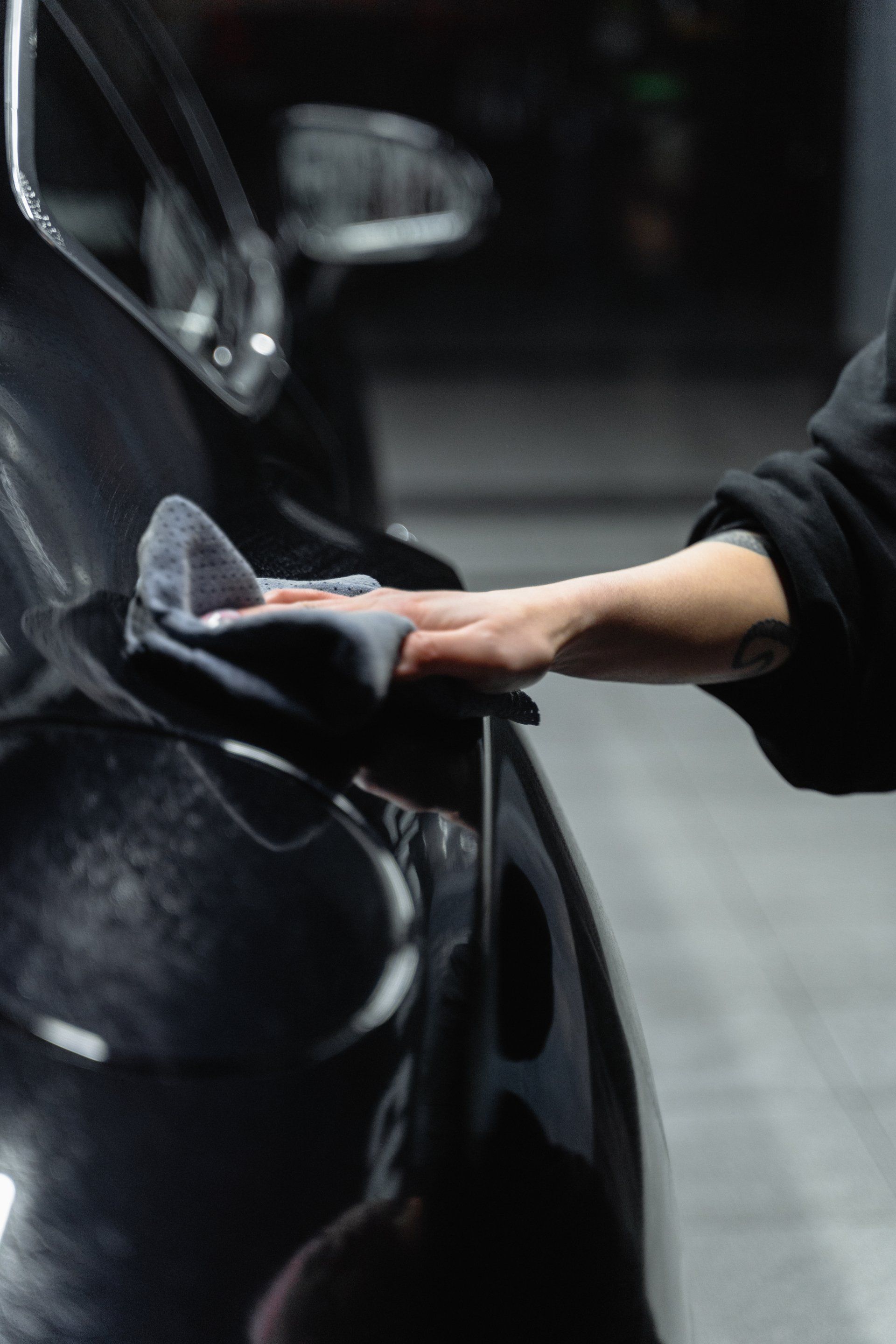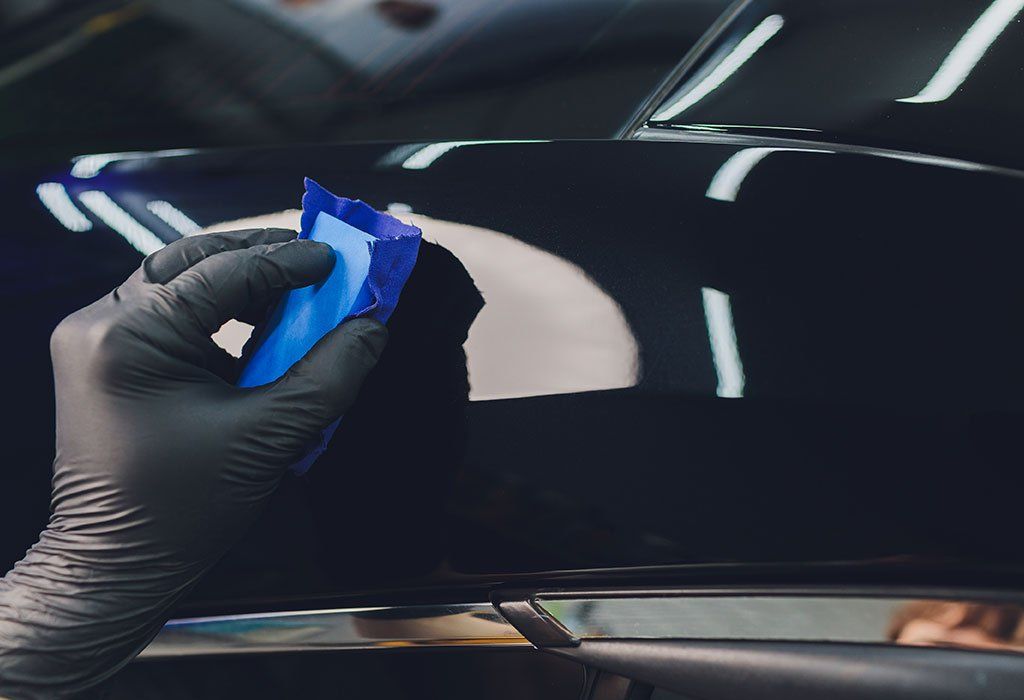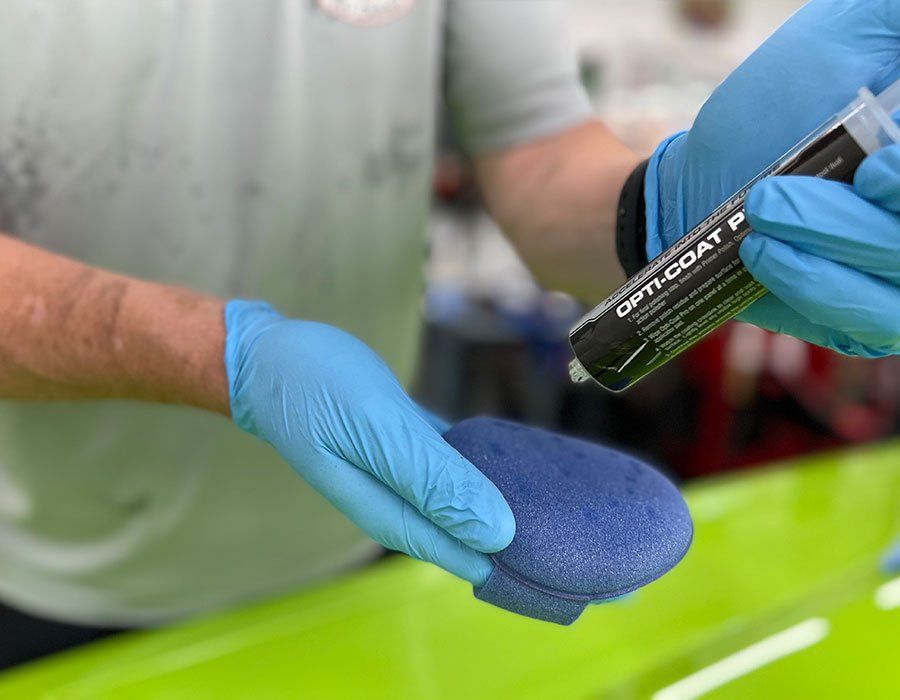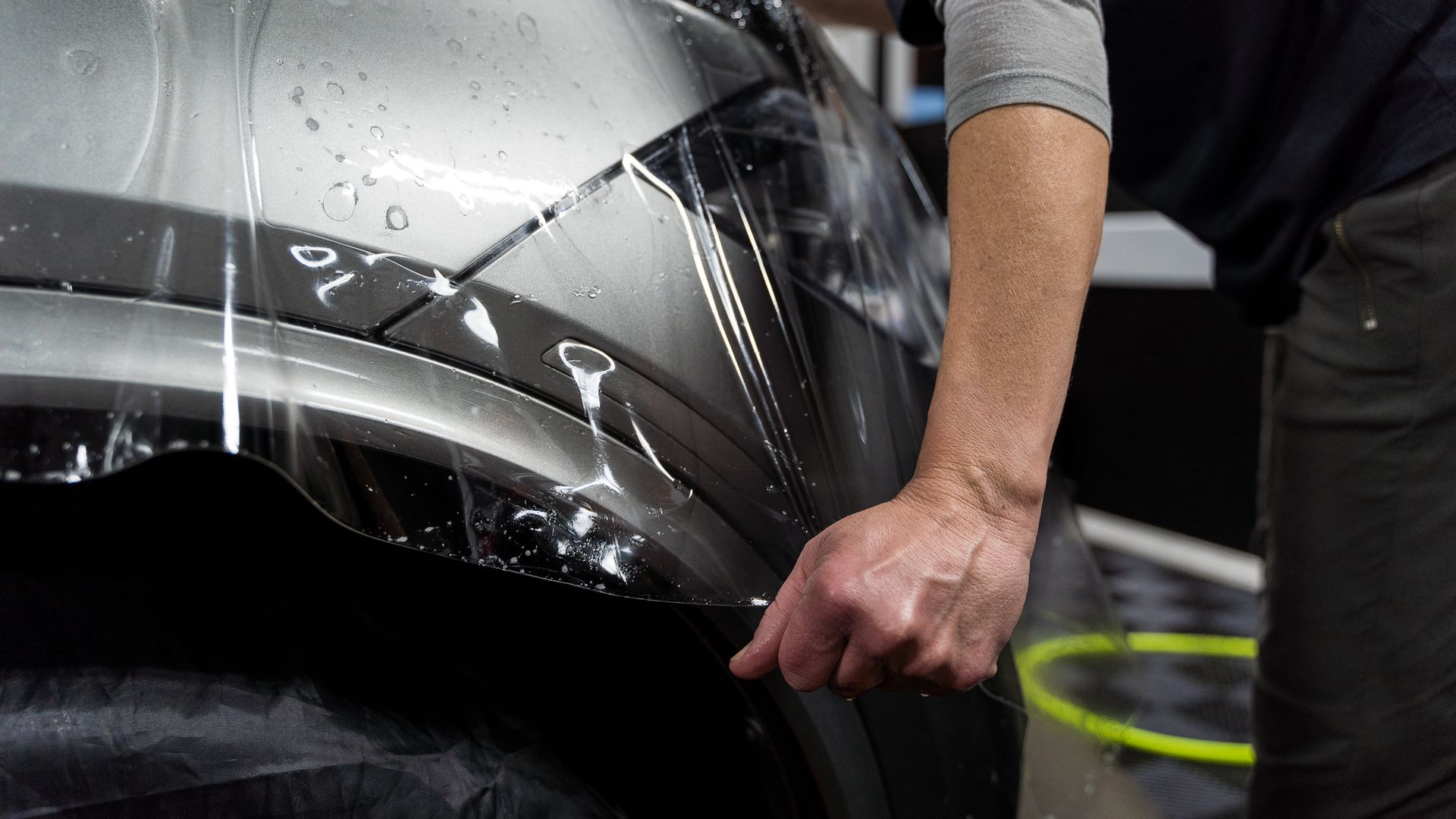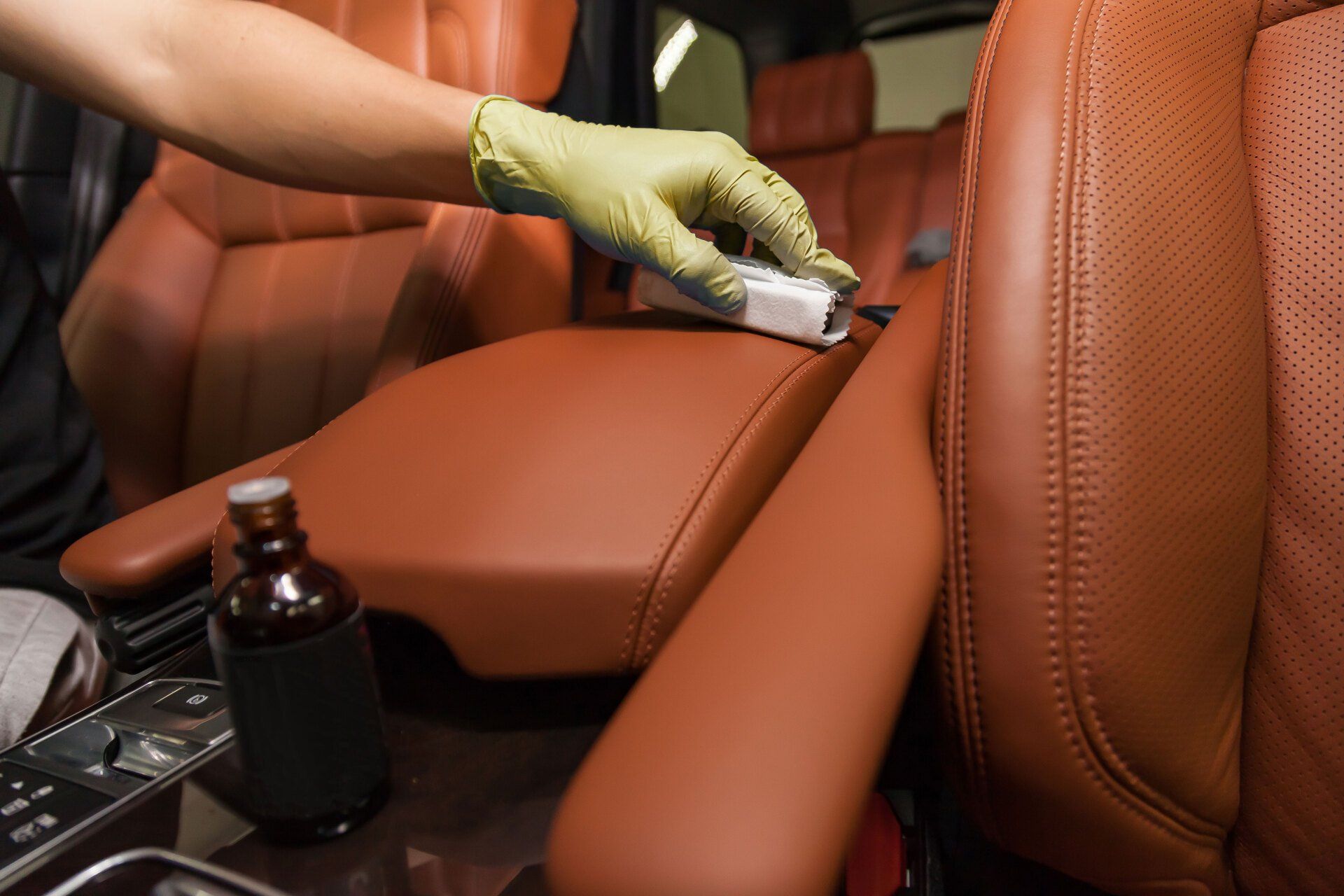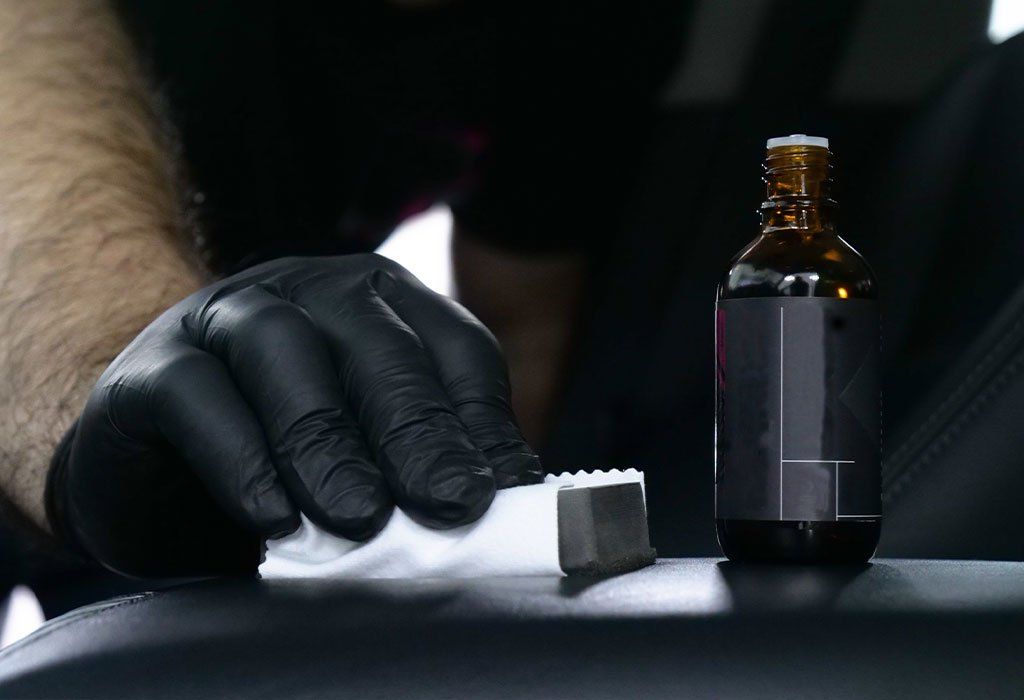How Seasonal Changes Impact Ceramic Coating Durability and Performance
CALL (503) 444-7415
When it comes to protecting your vehicle, ceramic coatings are like a superhero suit for your paint job. They provide a hard shell that guards against contaminants, dirt, and harmful UV rays. However, just like any good superhero, they face challenges from the environment. You might think that once you apply a ceramic coating, you're set for life—but seasonal changes can play a big role in how well these coatings hold up. Whether it’s the sun glaring down in summer or icy winds blowing in winter, each season presents its own unique struggles for ceramic coatings. With a little understanding of how these changes affect your car's exterior, you can take steps to keep those protective layers strong and shining year-round.
Seasonal changes can significantly affect the durability of ceramic coatings; for instance, harsh sunlight in summer can lead to faster degradation of coatings, while freezing temperatures in winter may hinder their curing process. Proper maintenance and protective measures tailored to specific seasonal conditions can help prolong the life and effectiveness of ceramic coatings.
Effects of Temperature Changes on Coating
Temperature plays a crucial role in the performance and longevity of ceramic coatings on your vehicle. Both high and low temperatures can affect the curing process, adhesion, and overall effectiveness of the coating. Here's a closer look at how different temperature conditions impact ceramic coatings:
- High Temperatures and UV Exposure: While high temperatures can speed up the curing process, prolonged exposure to extreme UV rays can damage ceramic coatings. Vehicles parked in direct sunlight with surface temperatures over 100°F saw an increase in coating failure within the first year. Using UV-resistant formulations can help mitigate this effect and extend the life of the coating.
- Low Temperatures and Curing Delays: Cold weather presents its own challenges, particularly when temperatures drop below 50°F. The curing and bonding processes slow down, leading to weaker adhesion and reduced effectiveness. If a ceramic coating is applied in chilly conditions, it may not form a strong protective barrier, leaving the surface vulnerable to contaminants like dirt and bird droppings.
- Optimal Temperature Ranges for Application: The best temperature range for applying ceramic coatings is between 60°F and 80°F. This ensures optimal bonding and curing, allowing the protective layer to form properly and provide maximum defense against environmental elements. Applying the coating within this range minimizes the risk of imperfections, ensuring a smoother, more durable finish.
- Aftercare and Maintenance: Proper aftercare, such as regular washing and drying, is essential for maintaining the effectiveness of your ceramic coating. Temperature extremes can lead to water spots, which can cause damage over time. Keeping your vehicle clean helps prevent contaminants from settling in and ensures the longevity of your coating.
By understanding how temperature influences ceramic coatings, you can make better decisions about when and how to apply and care for your vehicle’s protective layer.
Influence of Rain and Snow
Rainfall and snow can significantly affect the performance of ceramic coatings. While these environmental factors provide their own challenges, with the right maintenance strategies, you can protect your vehicle and preserve the integrity of your coating. Here's how rainfall and snow impact ceramic coatings and what you can do to extend their lifespan.
- Impact of Rainfall on Ceramic Coatings: Rainfall increases humidity, which can prolong the curing process of ceramic coatings, affecting the adhesion and overall performance. If moisture gets trapped beneath the coating, it can cause clouding and streaks, diminishing the protective layer’s effectiveness. In regions with consistent rainfall, ensuring proper application and curing is crucial to avoid these issues.
- Snow and Its Effects on Ceramic Coatings: Snow accumulation is abrasive, but it's the road salts and de-icing chemicals that pose the biggest threat to your vehicle's ceramic coating. These substances can corrode the protective layer, causing gradual deterioration over time. Regularly washing your vehicle during winter months is essential to remove these harmful chemicals and maintain the coating's integrity.
To protect your ceramic coating through rainy and snowy seasons, a maintenance strategy is crucial. Regular checks and washings help ensure that the protective layer remains intact, preventing damage from moisture, salt, and other environmental contaminants. Maintaining your vehicle’s surface can significantly extend the life of the coating and keep your vehicle looking pristine.
Summer's Impact on Durability
Summer brings both benefits and challenges for ceramic coatings. While warm, sunny days can enhance the curing process and provide UV protection, prolonged exposure to harsh sunlight can cause gradual wear and reduce the coating’s effectiveness. Here's a closer look at the impact of summer conditions on ceramic coatings and how to maintain them.
- Benefits of Summer Heat for Ceramic Coatings: High temperatures help ceramic coatings cure effectively, creating a strong bond with your vehicle’s surface. In sunny environments, a ceramic coating works to shield the paint from harmful UV rays, preventing fading and oxidation, which are common issues for cars left outside.
- Challenges of Prolonged Sun Exposure: While initial exposure to sunlight helps with curing, prolonged exposure can lead to a decrease in gloss and luster over time. After two years under constant sun, UV rays begin to break down the coating materials, reducing effectiveness by about 10-15%. This highlights the challenge of balancing immediate benefits with long-term durability.
- Additional Challenges in Coastal Environments: In coastal areas like California, vehicles are exposed not only to high temperatures but also to corrosive salty air. The combination of heat and salty moisture accelerates the deterioration of ceramic coatings, raising concerns about the trade-off between short-term advantages and long-lasting protection.
Regular vehicle inspections are essential during the summer months. Check for any signs of wear or fading gloss, and consider refreshing your ceramic coating application if necessary to maintain optimal protection. By staying proactive, you can preserve the coating’s appearance and effectiveness even in harsh summer conditions.
Winter Challenges for Coatings
Winter can pose significant risks to the durability of ceramic coatings, but with proactive measures, you can keep your vehicle protected and looking great.
- Applying a Ceramic Boosted Before Snowfall: Applying an extra layer of ceramic booster before the first snowfall adds an additional barrier against winter’s harsh conditions. Think of it as providing your vehicle with an extra layer of armor, protecting it from snow, ice, and other elements that could damage the coating.
- Regular Inspections and Touch-Ups: Conducting regular inspections throughout the winter season and touching up areas where the ceramic coating may have worn down helps maintain its effectiveness. This proactive care extends the life of your coating and ensures your vehicle stays protected all season long.
- Maintaining Hydrophobic Properties: While ceramic coatings naturally repel water, winter conditions can affect their performance if not maintained properly. Regular cleaning routines are essential to prevent grime and moisture buildup that can dull the glossy finish and reduce the coating's ability to repel water.
- Winter Washing and Cleaning Practices: Using pH-neutral shampoos and adopting the two-bucket wash method can prevent harm to your vehicle’s coating while cleaning in the winter. Additionally, using soft brushes to remove snow and ice helps avoid scratches and ensures the integrity of the coating and its shine.
Awareness of how changing weather conditions affect the performance of ceramic coatings is essential. Simple maintenance practices during winter, like proper cleaning and regular inspections, can significantly improve your vehicle’s appearance and protection as the seasons change.
Spring and Fall Conditions
Spring brings its own set of challenges for maintaining ceramic coatings on vehicles, with rain and blooming pollen contributing to maintenance tasks. Regular care during this season is essential to preserve the coating’s appearance and effectiveness, ensuring it remains protected from contaminants and environmental factors.
- Pollen and Contaminant Buildup: Pollen can quickly accumulate on your vehicle, forming a film that not only looks unsightly but can also cause contaminants to embed into the ceramic coating. Regular washing is essential to prevent this buildup and keep the coating’s hydrophobic qualities intact, ensuring your vehicle remains protected.
- Using pH-Neutral Soaps for Cleaning: To protect your ceramic coating, it's important to use pH-neutral soaps during washes, as they are gentle yet effective at removing dirt and pollen. Opting for days when it isn’t raining or when pollen counts are lower can further enhance the cleaning process, ensuring the coating stays in top condition.
During both spring and fall, staying vigilant with regular cleaning and checking for contaminants or debris on your vehicle is key. Preventing the accumulation of dirt and organic material will help preserve the integrity of the ceramic coating and keep your vehicle looking fresh and well-maintained.
The Impact of Temperature Changes
Temperature fluctuations from warm afternoons to cool evenings can significantly affect ceramic coatings as well. These variations may test the coating's properties—the elasticity and bonding strength—leading to micro-cracking or diminished protective capabilities over time. To combat this, maintaining seasonal checks on your coating's condition and addressing any issues promptly is advisable.
Regular inspections are vital. Checking for water spots, scratches, or any chemical etching helps detect potential problems before they escalate. If you notice anything unusual, quickly addressing it with a gentle wash or appropriate remedy will keep your coating functioning optimally. With these varying seasonal conditions, adopting a robust maintenance strategy becomes crucial in preserving both the aesthetic qualities and functional benefits of ceramic coatings year-round.
Tips to Extend Coating Lifespan
Regular maintenance is essential for extending the life of your ceramic coating, and it doesn't have to be overwhelming. By incorporating a few simple practices into your routine, you can ensure that your vehicle's ceramic coating remains in top condition, protecting its appearance and functionality throughout the year.
- Consistent Cleaning: Regular washing is crucial for maintaining your ceramic coating. Just like you wouldn't let dirt build up on your kitchen counter, it's important to clean your vehicle regularly to prevent contaminants like bird droppings or tree sap from damaging the coating. Frequent washing keeps your car looking sharp and protects the ceramic layer.
- Parking in Controlled Environments: Where you park your vehicle matters. Parking your car in a garage or carport shields it from rain, snow, and harmful UV rays—factors that contribute to the deterioration of ceramic coatings. Just like an umbrella protects you from the rain, a garage helps preserve your vehicle's finish.
- Seasonal Maintenance Schedule: Tailor your maintenance routine to the seasons to address specific challenges throughout the year. In spring, remove pollen buildup to prevent scratches. During summer, frequent washing is important to combat increased UV exposure. In autumn, clear debris to avoid staining and scratches, and in winter, promptly rinse off road salts to prevent long-term damage.
Implementing these tasks regularly creates a significant impact on the durability and appearance of your vehicle. Small, consistent efforts over time protect your investment, ensuring that the ceramic coating continues to look stunning and provide effective protection throughout every season.
Protect Your Ride with Top Ceramic Coating in Portland, OR
Your vehicle deserves the best, and at Portland Pro Detail, we offer
top-tier ceramic coating services to keep your car looking flawless for years to come. With our advanced coatings, your vehicle will be shielded from the elements, dirt, and contaminants while maintaining a glossy, smooth finish. Whether you're protecting a new car or enhancing an older one, we’ll ensure it stays as beautiful as the day you bought it. Ready to give your ride the protection it deserves? Contact us today at (503) 444-7415 and let’s get started!

